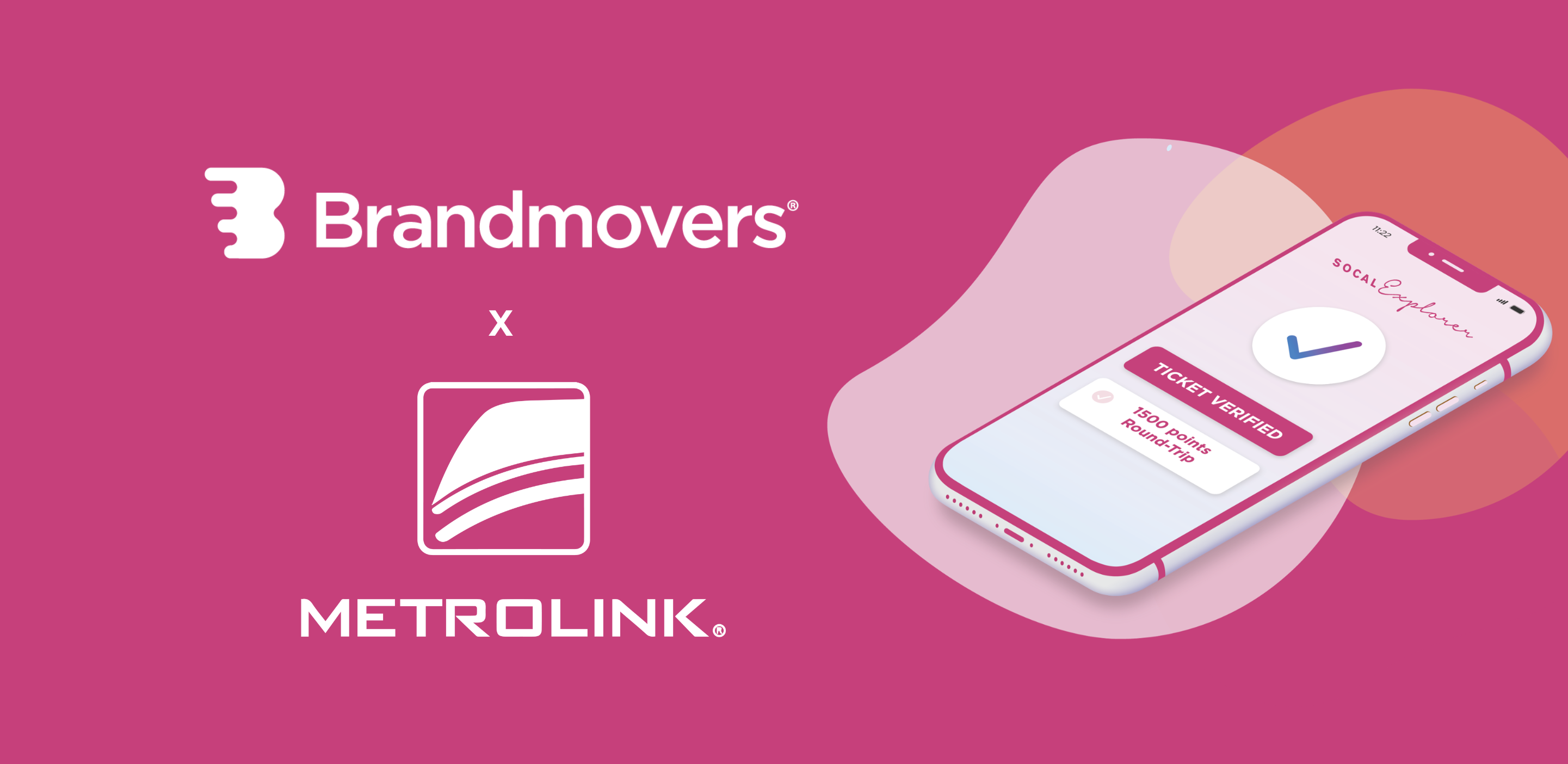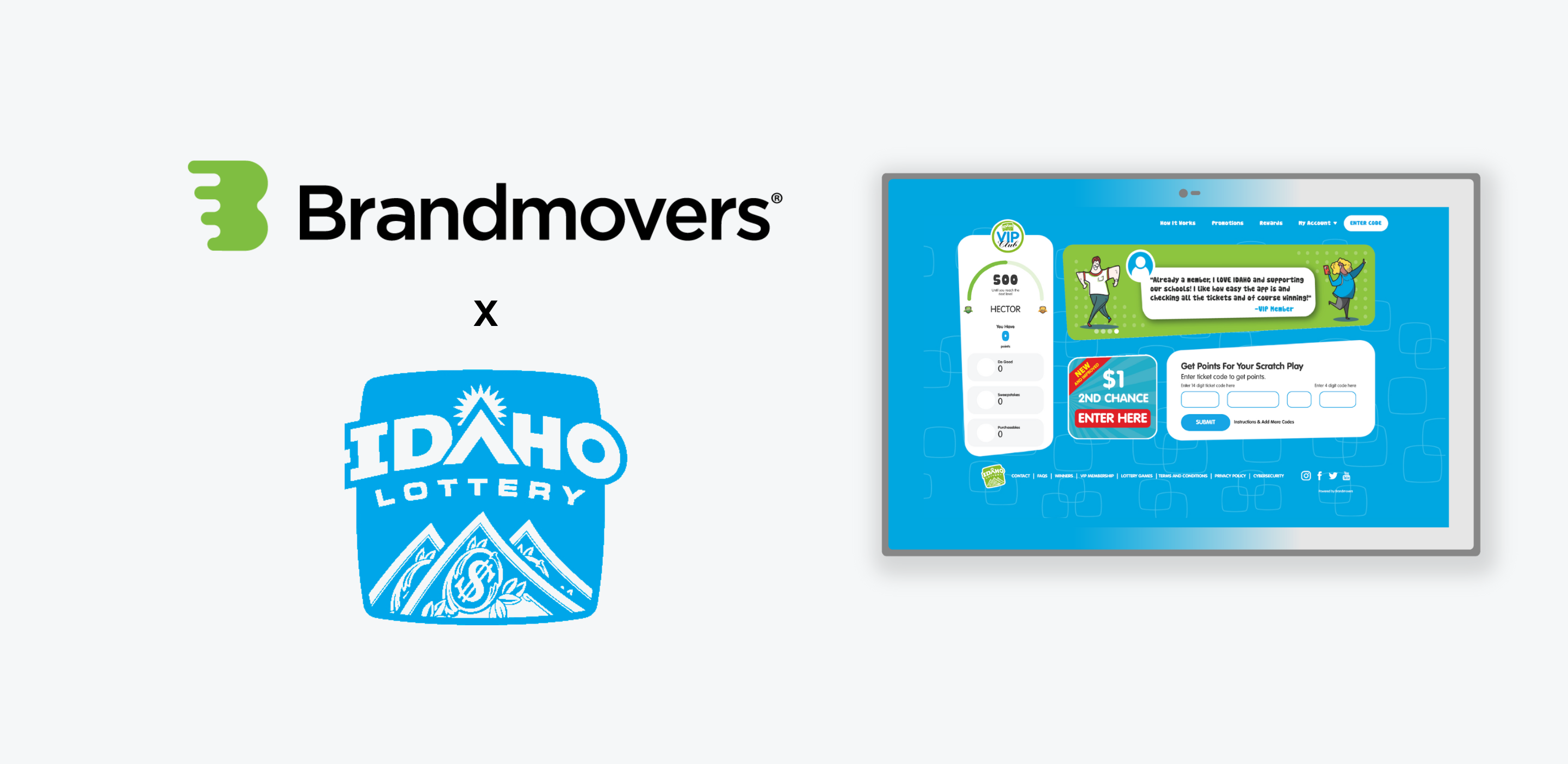The Strategic Guide To Starting A B2B Loyalty Program
Building a branded B2B loyalty or channel incentives program doesn't have to be complicated. Today it's easier than ever to create the ideal loyalty and incentives program that drives your bottom line.
This guide outlines the major aspects to consider when designing your future B2B loyalty program in 2025 and provides useful information and tips to help you answer key strategic questions.
.png)
TABLE OF CONTENTS
Loyalty programs have long been a staple in the B2C world, driving repeat purchases and fostering brand affinity. But in the B2B space, loyalty programs are an underutilized yet powerful tool for strengthening customer relationships, increasing retention, and driving long-term revenue. In addition to providing discounts and rewards (a staple in consumer loyalty programs), B2B loyalty and incentive programs must also be strategically designed to provide real business value, fostering deeper partnerships and sustained engagement.
If you're considering starting a B2B loyalty or incentive program, we've put together this guide to help you navigate the complexities of creating and launching a successful program. Whether you're a manufacturer, distributor, or service provider, this guide will walk you through the key considerations, from setting clear program goals and selecting the right incentives to leveraging technology for seamless execution.
Benefits Of A B2B Loyalty Incentive Program
If you've ever considered starting a B2B loyalty or channel incentive program for your business, you're on the right track. There are some valuable reasons to start a B2B loyalty program.
|
Detailed Data CollectionB2B loyalty programs make it easier to collect and share purchase data across the entire channel, from suppliers to end customers. |
|
Offset Pricing & Margin PressureLoyalty programs help protect against market share erosion by building customer trust, reducing risk, and creating strong customer relationships based on a mutual value exchange. |
|
Sell More EffectivelyB2B loyalty and incentive programs help sell to different types of buyers by making it easier to identify value drivers and deliver the right messaging or offers at the key buyer touchpoints. |
|
Create Communication ChannelsLoyalty programs provide two-way channels of communication that make it easier to send updates, content, and product guides while enabling channel partners and customers to send feedback, questions, or service inquiries. |
How To Start Putting Together Your Ideal Program
So you're ready to start putting together your future loyalty or channel incentive program. But loyalty programs have several moving parts: points, rewards, tiers, technology, analytics, etc. Where exactly should you start? How should you determine what your priorities are for your future program?
To help, we’ve put together six strategic questions that will help form the foundation of your future program.
As you and your team explore each question, you'll find examples and tips to help you take the first steps in building a branded B2B loyalty or incentive program.
1. How will the program be staffed/run?
2. What kind of point structure will you have?
3. What kind of actions or behaviors do you want to reward?
4. What are the key performance indicators (KPIs) you want to track?
5. What are your program goals?
6. How will you market your program?
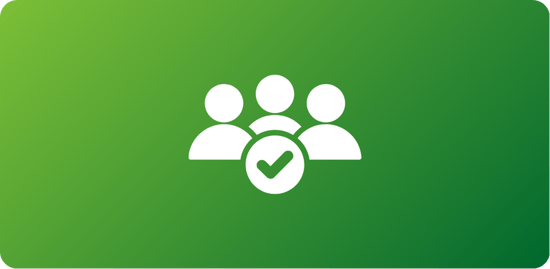
1. Who Will Manage & Support Your Program?
During the design and build phase your loyalty program needs to have support and buy-in from different parts of your organization, from the Executive Suite all the way to Finance, Operations, IT, Sales, Legal, and Marketing. For most loyalty programs, the ongoing management is best handled by marketing departments.
It’s important to have the right personnel leading your loyalty program and marketing teams are already customer-facing and customer-focused; they conduct research, design and execute strategic campaigns, analyze data, collect feedback, distribute communications, and more. Loyalty programs managers operate more efficiently and productively working in close contact with these types of departments.
Additionally, you need the right B2B loyalty platform software and vendor working alongside you to run the program effectively. Your loyalty platform should include tools, features, and integrations that automate key processes and make day-to-day task management of your loyalty program easy.
Some ideal capabilities include:
- Automating data flow via APIs for ERPs and other technologies
- Creating customizable Terms & Conditions and FAQs to reduce customer support requirements
- Sending triggered emails, notifications, and announcements to members and customers
- Utilizing SSO to make the customer experience seamless
- Automating reward redemptions and fulfillment
You'll benefit from working with a knowledgeable and experienced loyalty vendor right from the start because they can ensure your program will have the exact capabilities to fit your business. At Brandmovers we guide you through the entire build and implementation process and can tailor your program to take as much day-to-day management off your hands as you need.
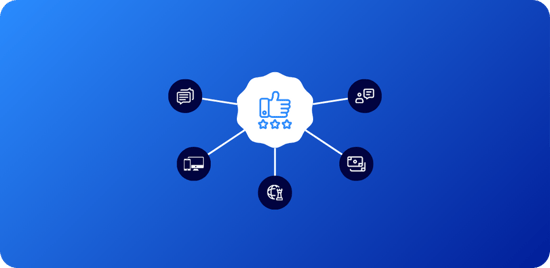
2. What’s the Best Points Structure for Your Program?
Points structure is an important part of loyalty program design, especially for B2B channel incentive programs or loyalty programs. The basic idea of a points structure is the framework for how your participants will earn or redeem points within your program.
But there’s more to it than just deciding how many points a purchase will be worth. Your points structure needs to be carefully and strategically planned out because it will become the driving incentive for your members.
It’s important to consider the different ways a program points structure can motivate members and help drive goal progress:
| Base Rewards that provide ongoing program value and help keep members active. | |
| One-Off Point Bonuses for special events or instances, such as flash sales or limited-time promotions. | |
| Growth Bonus Opportunities that are paid when members hit certain goals or targets. | |
| Order Type Point Bonuses that reward more for certain product, brand, or category purchases. | |
| Incremental Tier or Level Bonuses that reward members for reaching a milestone or status. |
To utilize these different types of earning rules, your loyalty program technology needs to be capable of both implementing and executing the right points structure that fits with your strategic plan.
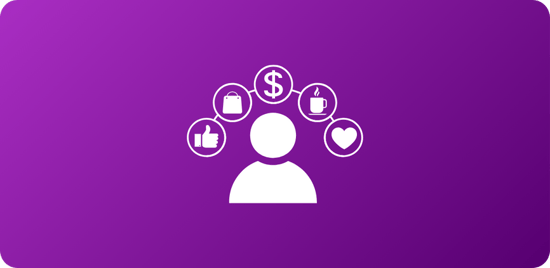
3. Which Customer Actions or Behaviors Do You Want To Reward?
The basic foundation of any loyalty or incentive program is to reward members for their actions - typically purchases. However, these could also include actions such as consuming content, completing surveys/questionnaires, and more.
A core aspect of successful loyalty or incentive programs is that they help motivate the right types of customer actions and behaviors: ones that are valuable to the brand and contribute towards business goals.
Part of your planning process should be to identify which valuable actions or behaviors you want to see from your customers. Do you want more customers to sign up for SMS alerts? Increase cross-category spending? Get more customer referrals?
Once you have your list, you can then ideate ways to incentivize those customer actions through your loyalty program.
A common mistake is only rewarding actions customers would take anyway, like purchases or anniversaries. While these absolutely should be recognized, your program should also take the opportunity to incentivize high-value behaviors that drive deeper customer engagement.
To determine which actions or behaviors you want to drive, start with identifying what consumer actions positively impact your business. Some examples include:
PurchasesIn addition to motivating customers to buy more, you can drive specific purchase behaviors or patterns such as the number of purchases made in a defined time frame. |
|
EducationYou can incentivize development and training opportunities to build channel and customer knowledge on new products, services, or how the program works. |
E-Commerce OrdersIf you’re launching a new e-commerce platform or want to increase the usage of an existing one, you can offer incentives for customers to order through specific channels. |
|
Cross-Category BuyingIf some categories are worth more than others, you can use the program to encourage and reward customers for purchasing across multiple high-value categories or brands. |
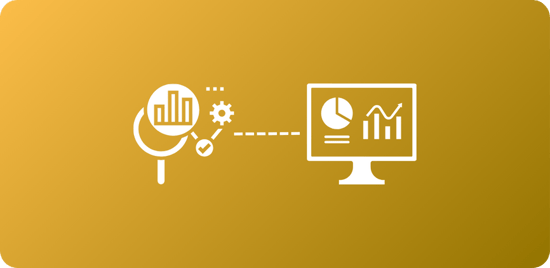
4. What Are The Key Performance Indicators (KPIs) You Want To Track?
To properly track and evaluate how well your program is performing, you need to establish what key performance indicators (KPIs) you intend to track. This helps give you real-time data points to monitor as your program grows and matures. Establishing KPIs also enables you to stay alert for signs of trouble - if your KPI numbers aren’t on track you can take action to find and fix any potential issues before they become full-fledged problems.
Determining KPIs during your program design phase ensures you can set up specific analytics reports or dashboards to track these KPIs from day one of the program launch.
Types of KPIS For Channel Incentive Programs and B2B Loyalty Programs Include:
-
Number of New Customers
-
Growth Within Existing Customers
-
Customer Retention
-
Number of Completed Bonus Promotions
-
Number of Bonus Codes Used
-
Spend by Brand
-
Category Spend
-
Top-Performing Products and/or Categories
-
Top Performing Partners, Associates, or Teams
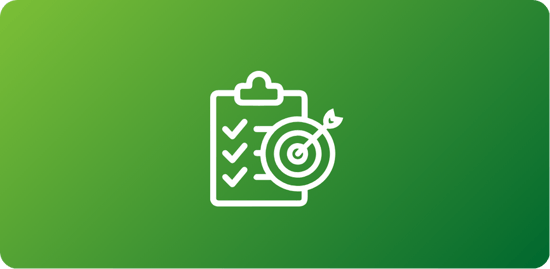
5. What Are Your Program Goals?
Goals define a loyalty or incentive program. Strategic program design starts with “Why?”.
Why are you starting a loyalty program? What do you want the program to achieve for your business? What do you want your customers to receive from the program?
Taking the time to determine the answers to these questions early on in the planning process is essentially for building a program that is 100% focused on helping your business and customers succeed.
Your Program Goals Might Include:
- Grow Existing Customer Spend
- Attracting New Customers
- Promoting Specific Products
- Improve Retention
- Drive Incremental Revenue
- Data Acquisition
- Increase Customer Personalization
- Communicate With End Customers
- Build Brand Advocacy
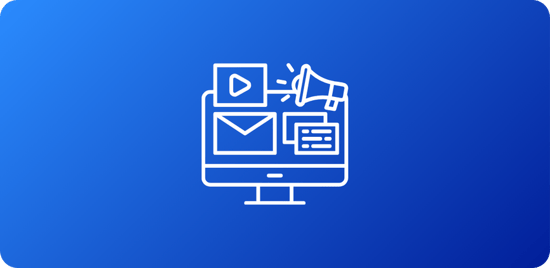
6. How Will You Market Your Program?
Marketing your loyalty or incentive program is a crucial process both pre- and post-launch. A loyalty program’s survival relies on member participation. Your channel partners and customers can’t participate in your program if they don’t know it exists, how it works, or how it benefits them. A general playbook for marketing your B2B loyalty program will consist of 3 segments: acquisition; engagement; and retention.
Acquisition
Acquisition is the stage where new partners and customers discover and enroll in your program. Some key elements to success are:
- Empowering your teams and channel partners with program onboarding and how-to guides
- Creating marketing collateral and benefit overviews for all key stakeholders
- Using interactive modules such as game boards and promotions to incentivize sales teams or distributor sales reps to get customers enrolled
Engagement
The engagement stage focuses on encouraging enrolled members to regularly participate in the program by:
- Communicating with customers using dynamic triggered emails based on status, customer attributes, promotional offers, anniversaries, milestones, etc.
- Incentivizing members to stay informed on new products and services with a learning management system (LMS) or tutorials
- Rewarding recurring member activity with valuable hard and soft benefits tied to program tiers or growth rule sets
Retention
The Retention stage is where true brand loyalty and advocacy become engrained in your customers and channel partners. A few retention-marketing tactics include:
- Using a dynamic rules engine to recognize and reward customers of all types for loyalty-building actions such as incremental growth, referrals, product reviews or testimonials, etc.
- Creating personalized solutions that solve member issues or challenges through dedicated customer service & support channels
- Analyzing program metrics and customer data to regularly optimize the program, identify opportunities for improvement, and increase program value
Build Your Ideal B2B Loyalty or Incentive Program
Launching a successful B2B loyalty program requires strategic planning, clear objectives, and a deep understanding of your customers' needs. Starting the process can be daunting but by using the above guide, you can start off on the right foot for creating a well-executed B2B loyalty program for your business.
By addressing key questions—such as how to structure your program, which rewards will drive engagement, and how to measure success—you can lay the groundwork for a program that not only strengthens customer loyalty but also fuels business growth.
Remember, the most effective B2B loyalty programs evolve over time. Start with a solid foundation, track performance, and continuously optimize based on customer feedback and data insights. With the right strategy in place, your loyalty program can become a powerful asset, fostering deeper partnerships and setting your business apart in a competitive market.
Increase the impact and effectiveness of your B2B loyalty and incentive programs
Learn how your business can save time and resources with a scalable B2B loyalty and incentives platform that integrates seamlessly into your operations while driving measurable results.
See BLOYL In Action
You Might Also Like
Is Your B2B Program Boring? Lessons from B2C Programs to Increase Engagement and Fun
The Importance of Choosing A SOC 2 Compliant Loyalty Program Provider
Explore more resources and guides
See more B2B related topics in our Growth Center
Access more helpful content in our Resources Library
Drive more sales with less effort
Make every customer interaction count with a B2B loyalty program that enhances relationships and increases revenue without extra strain on your team.
